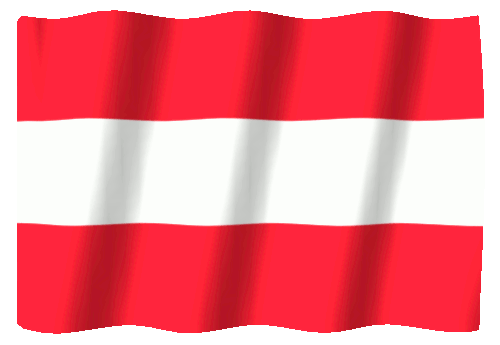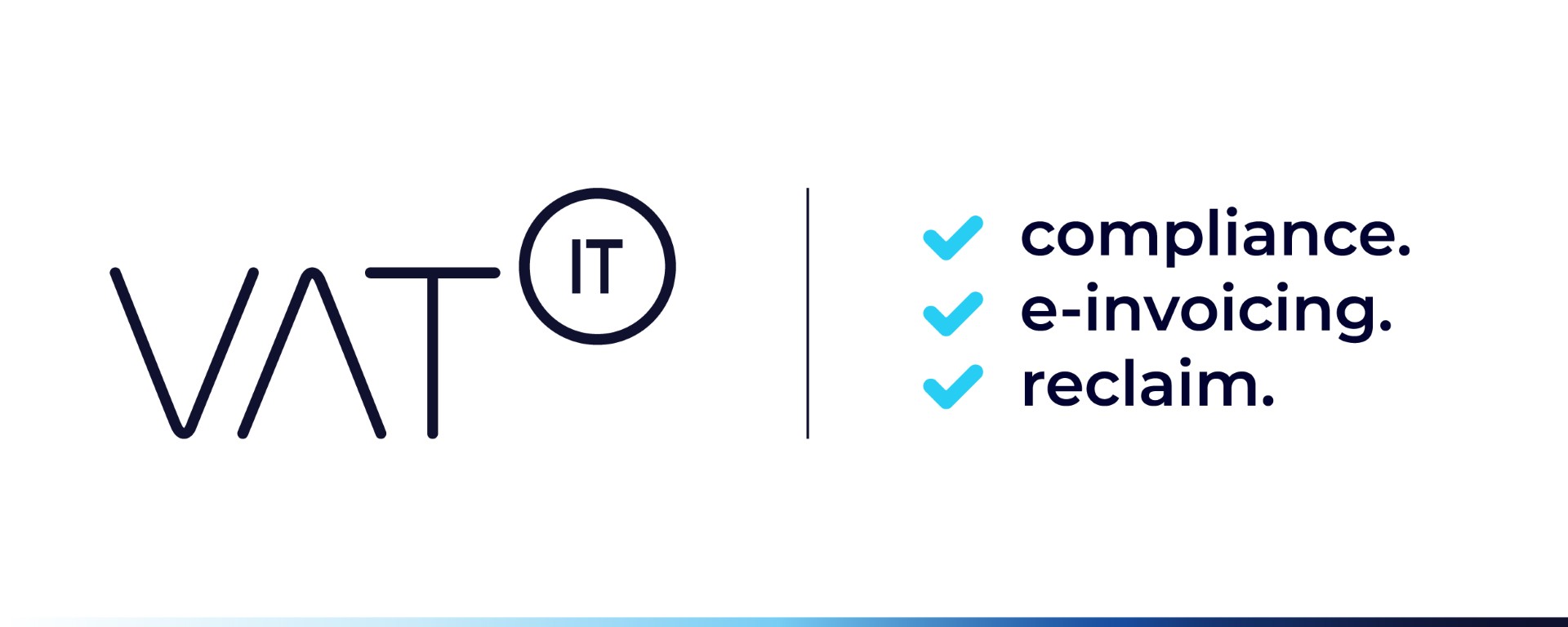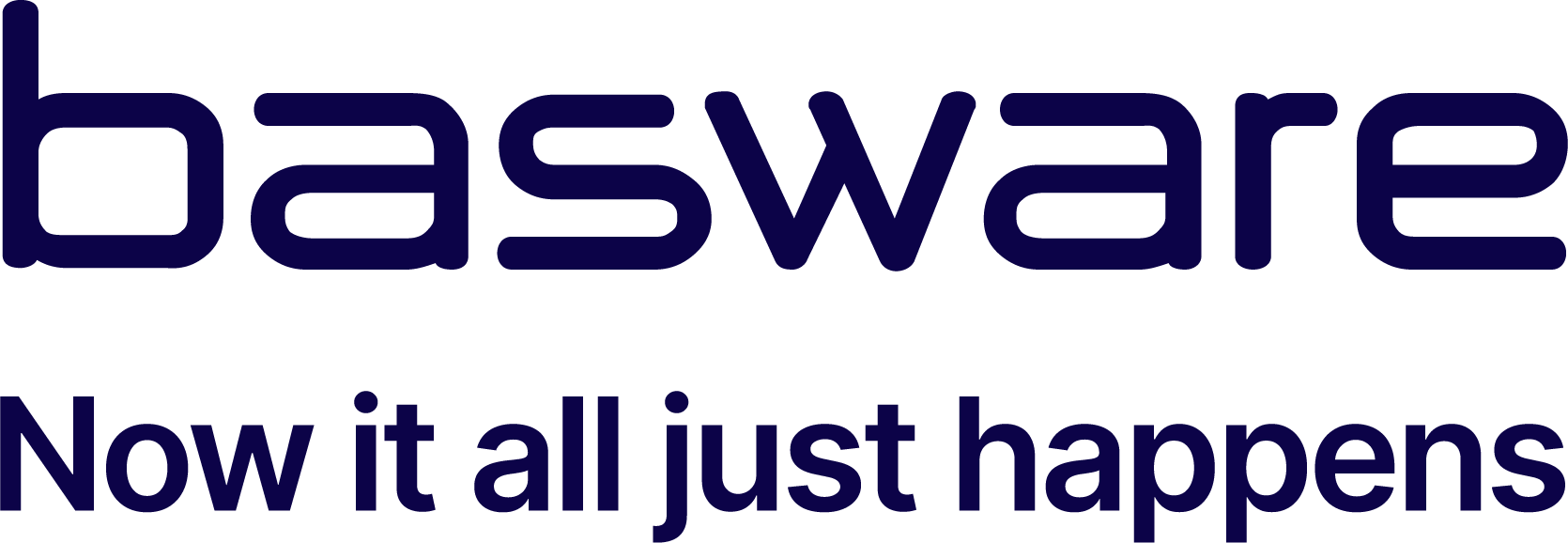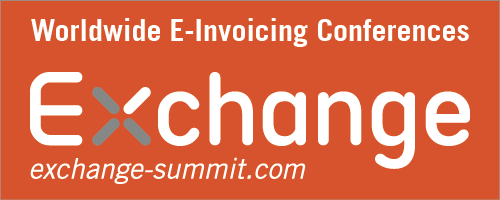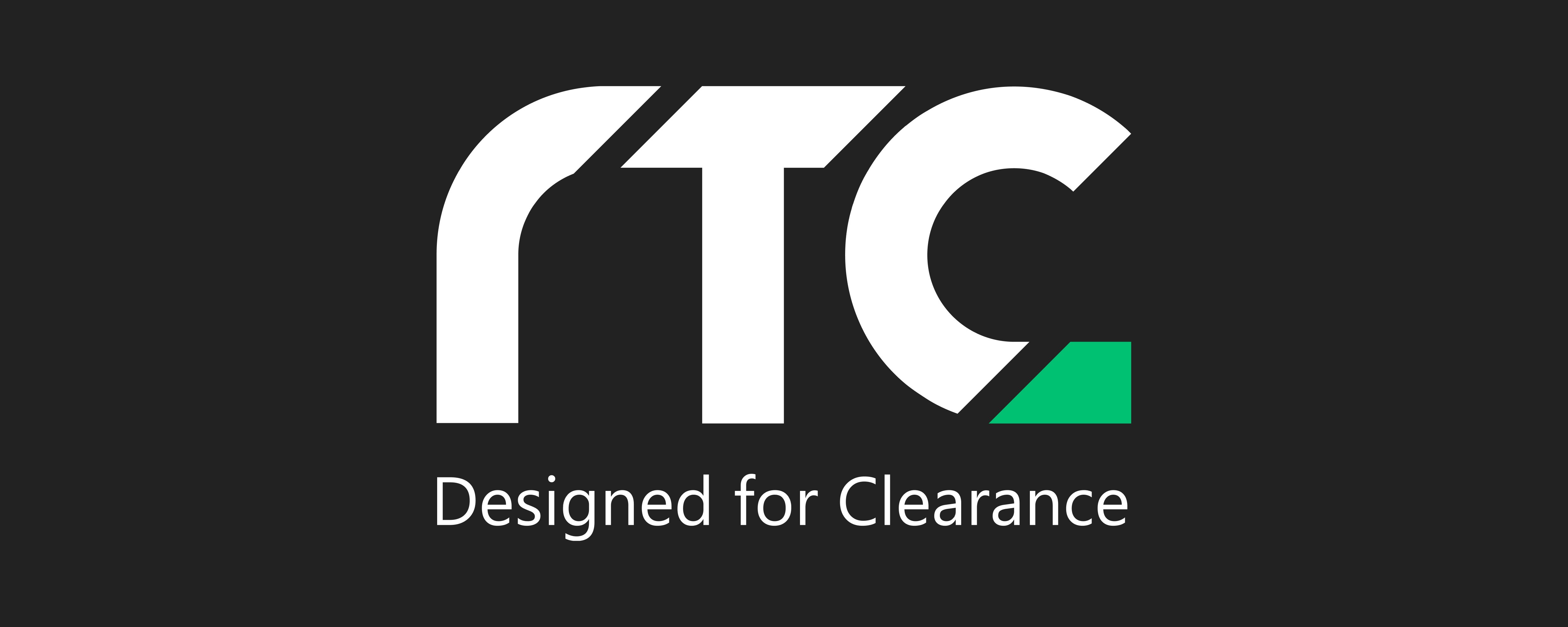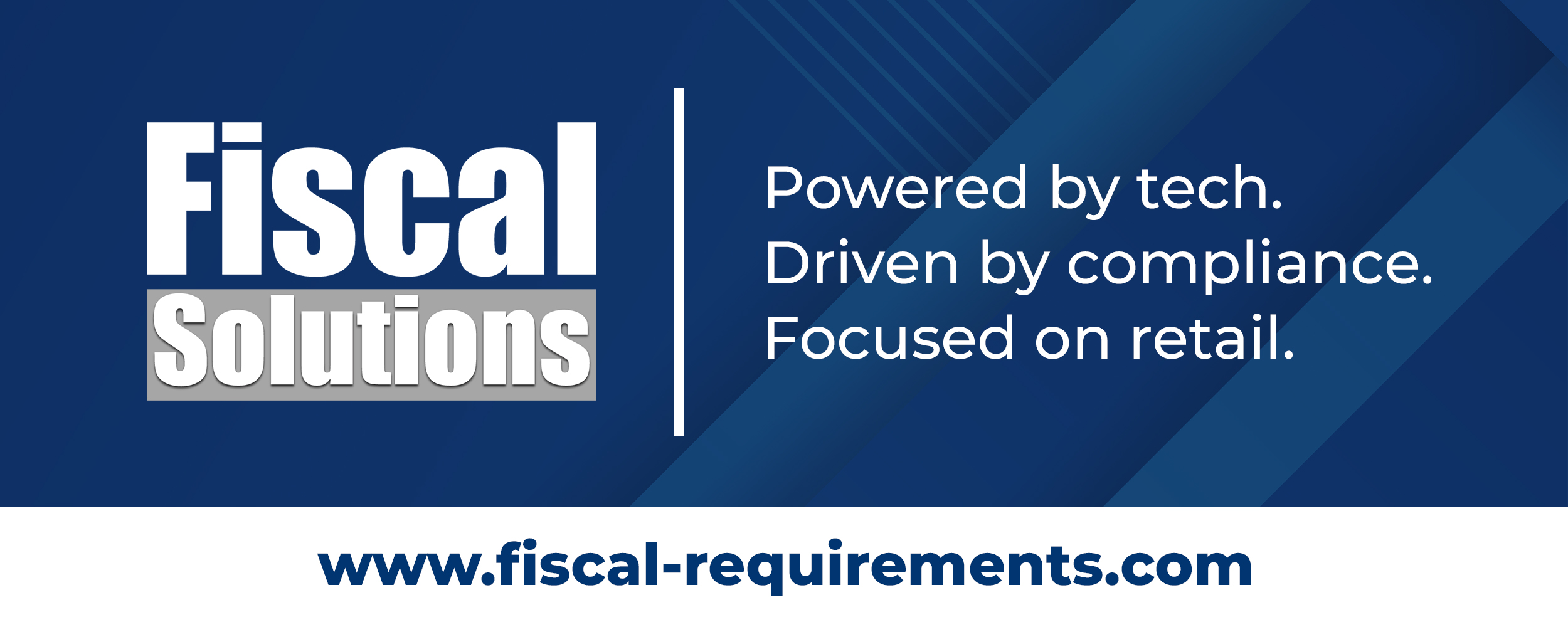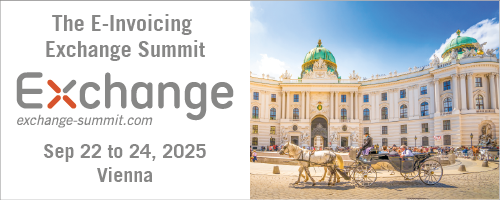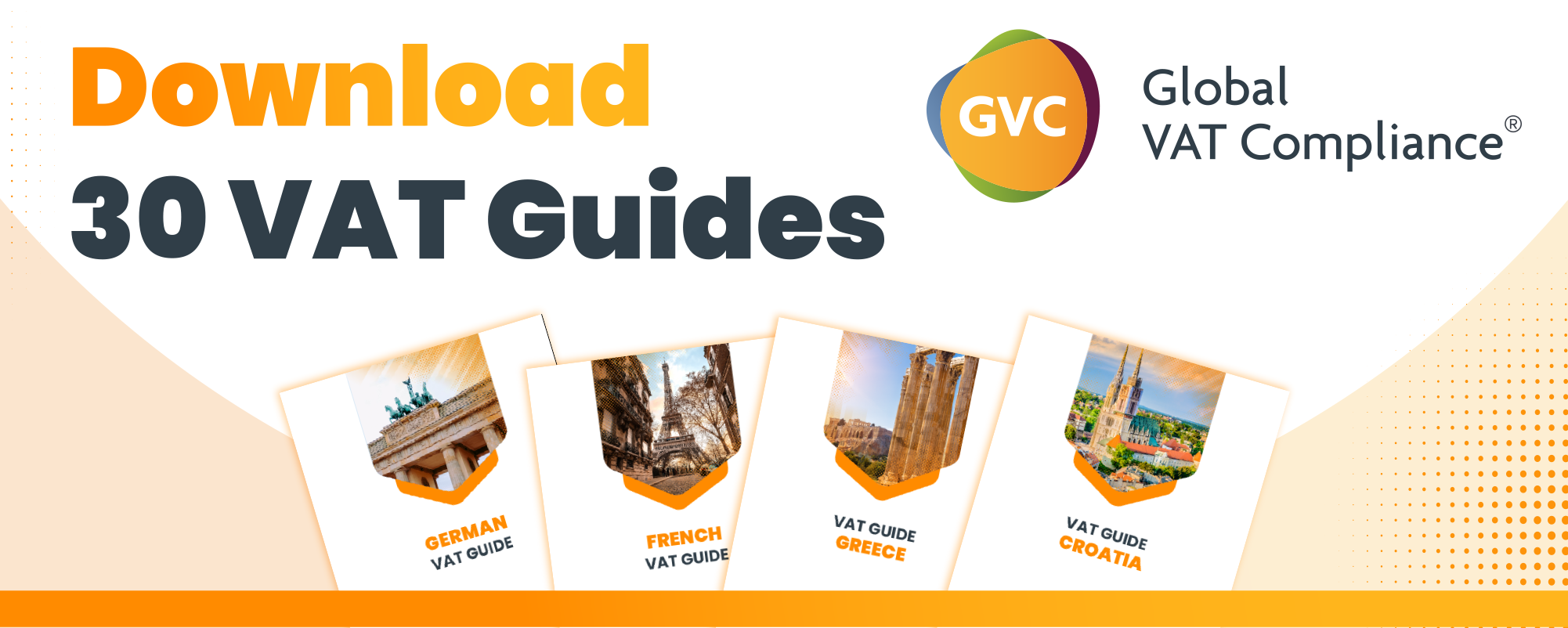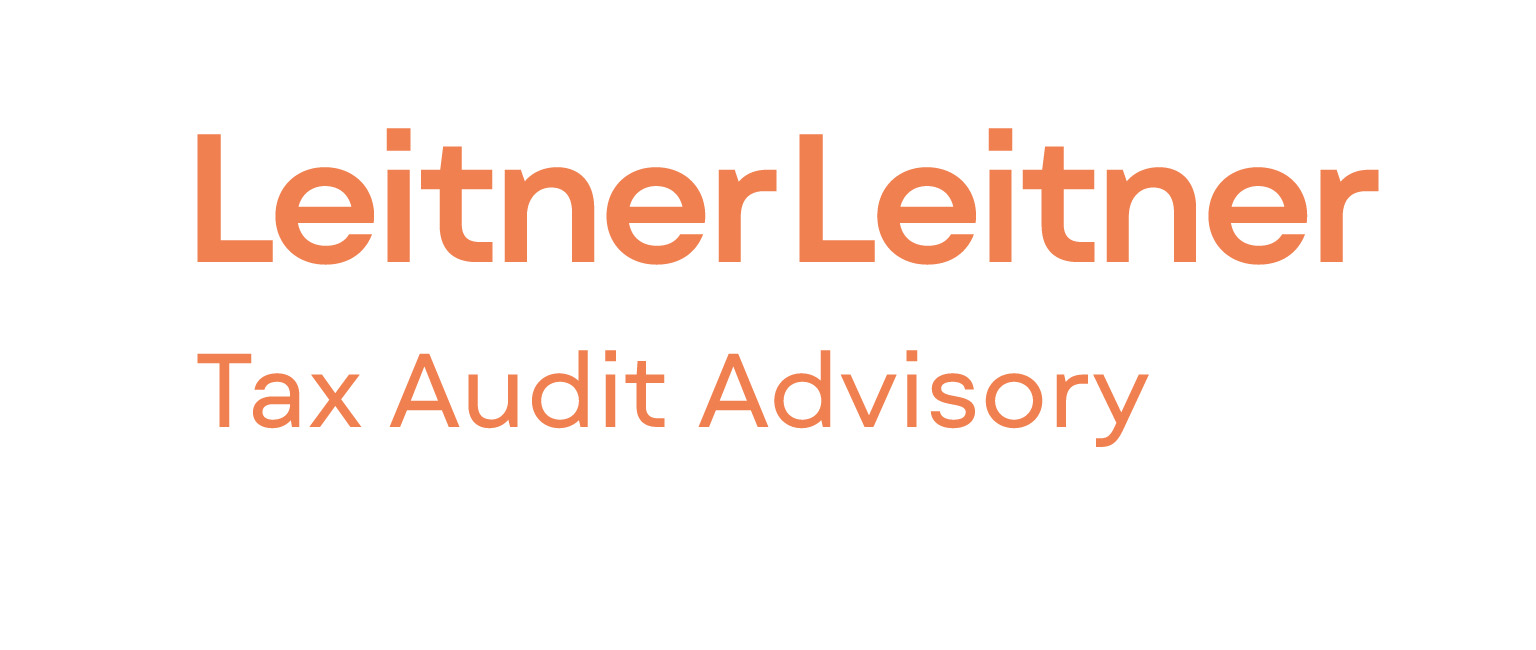- The EU is a large economic area with a single market and customs union.
- The single market allows free movement of goods, people, services, and capital within the EU.
- Goods can be traded without tariffs or quantity restrictions between EU member states.
- The customs union ensures uniform customs rules and common external tariffs for goods entering the EU from non-EU countries.
- Goods imported into one EU country can be transported tariff-free to another EU country if import duties are paid.
- Intra-EU deliveries use the reverse-charge procedure for VAT, with the recipient paying the tax.
- Imports from non-EU countries incur customs duties and import VAT, requiring customs declaration.
- Steps for importing from non-EU countries include using the ATLAS e-zoll system, determining the customs tariff number, and providing necessary documents.
- The TARIC system helps find the correct tariff number and calculate duties.
- Austrian customs and the USP provide information and services to assist companies in international trade.
Source: usp.gv.at
Note that this post was (partially) written with the help of AI. It is always useful to review the original source material, and where needed to obtain (local) advice from a specialist.
Latest Posts in "Austria"
- Austrian Court Rules No Consumption Tax or Late Surcharge on Temporarily Leased Cross-Border Vehicles
- Questions to ECJ – Quick Fixes Under Scrutiny: Is an EU VAT ID a Substantive Requirement for Zero-Rating?
- New GC VAT Case: C-689/25 (British Company) – No details known yet
- Austrian Court Rules on Cross-Border Vehicle Lease Tax Liability and VAT Treatment
- Comments on ECJ C-794/23 (Finanzamt Österreich) – No VAT Liability for Incorrect Rates Charged to Non-Taxable Consumers


